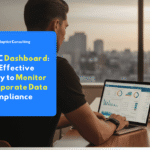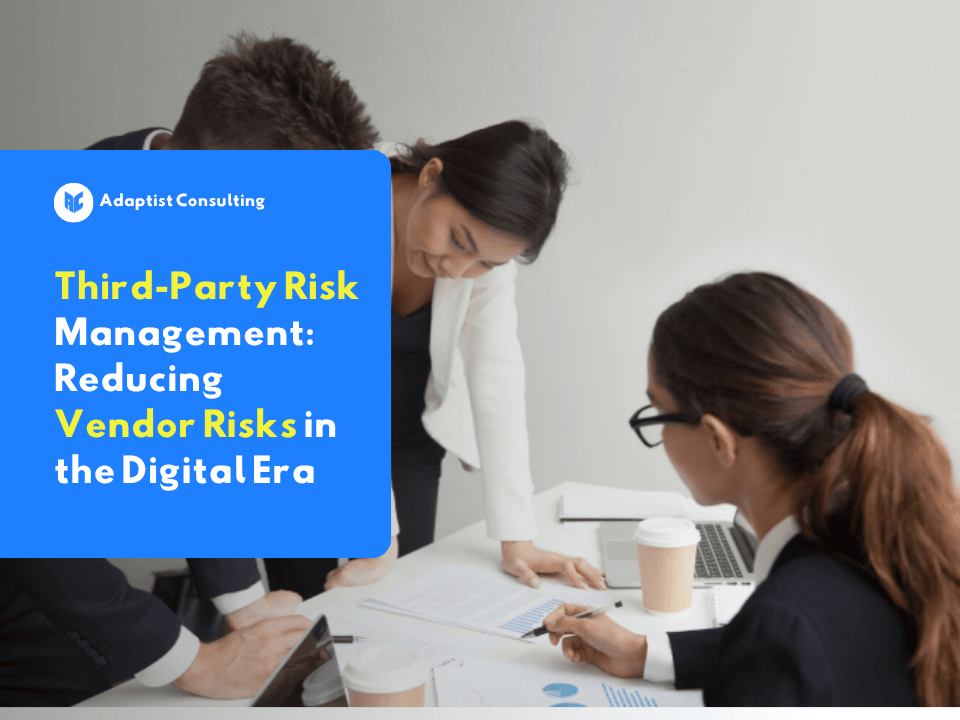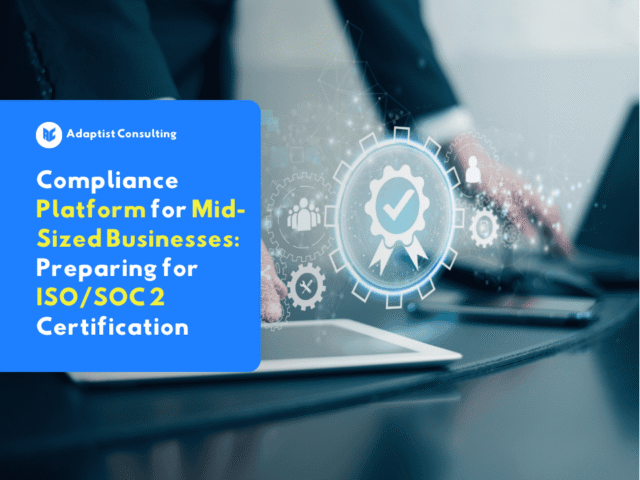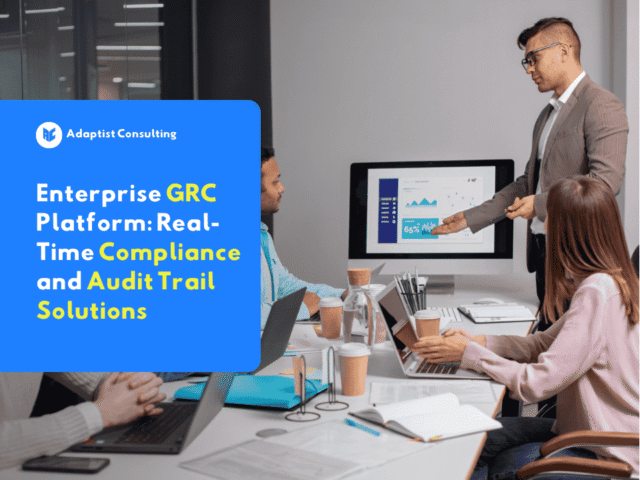
GRC Dashboard for Corporate Data Compliance
October 24, 2025
Consent & Preference Management for Data Compliance
October 24, 2025Third-Party Risk Management: Reducing Vendor Risks in the Digital Era

Background: Vendor Risks in the Digital Era
In today’s digital landscape, companies increasingly rely on third-party vendors. Without proper third-party risk management, this dependency can expose organizations to security vulnerabilities and regulatory breaches.
If a vendor lacks strong security standards, the consequences can be severe—ranging from data leaks and cyberattacks to legal violations. Therefore, companies must implement third-party risk management as an integral part of their security governance framework.
What Is Third-Party Risk Management?
Third-Party Risk Management (TPRM) is a framework that helps organizations identify, assess, and monitor risks associated with third parties such as vendors, suppliers, or business partners.
According to vendor risk management definitions, the process involves contract evaluation, regulatory compliance checks, and vendor security assessments.
In essence, TPRM ensures that every business partner connected to the company’s systems does not introduce unnecessary or excessive risk.
Why Vendor Risk Management Is Crucial
There are several reasons why third-party risk management is increasingly relevant in the digital era:
-
Data Security: Negligent vendors can become entry points for cyberattacks.
-
Regulatory Compliance: Global frameworks like GDPR and Indonesia’s Personal Data Protection Law (PDP Law) 2022 require companies to safeguard customer data, even when handled by third parties.
-
Business Reputation: Vendor-related incidents can damage customer trust in the primary company.
-
Operational Continuity: Vendors that fail to meet SLA (Service Level Agreements) can disrupt core business services.
Adaptist Consulting, through its Adaptist Privee product, provides third-party risk management solutions specifically designed for businesses in Indonesia.
Effective Strategies to Reduce Third-Party Risks
To ensure effective implementation, companies can follow these steps:
-
Identify Critical Vendors: Determine which vendors have access to sensitive data or critical systems.
-
Conduct Initial Risk Assessments: Evaluate vendor security before contract initiation.
-
Perform Regular Audits & Monitoring: Track vendor compliance with security standards and SLAs.
-
Classify Risk Levels: Categorize vendors based on the services provided and data accessed.
-
Develop Contingency Plans: Prepare mitigation actions in case of vendor service failures.
For additional insights, read the related article Why GRC Systems Are Essential for Complying with the PDP Law
Challenges in Vendor Risk Management
Despite its importance, implementing third-party risk management still faces several challenges:
-
Limited Visibility: Not all vendors are transparent about their security systems.
-
Complex Vendor Networks: Large organizations may work with hundreds of vendors simultaneously.
-
Implementation Costs: Vendor risk assessments require time and resources.
-
Internal Awareness: Some departments may not fully understand the importance of managing third-party risks.
Conclusion: Third-Party Risk Management as a Security Foundation
Third-party risk management is a strategic step toward reducing vendor-related risks and protecting companies from external threats. With this framework, organizations can maintain regulatory compliance, strengthen customer trust, and ensure operational stability.
Adaptist Privee offers an integrated GRC solution that helps Indonesian companies manage vendor risks more securely, transparently, and efficiently.




